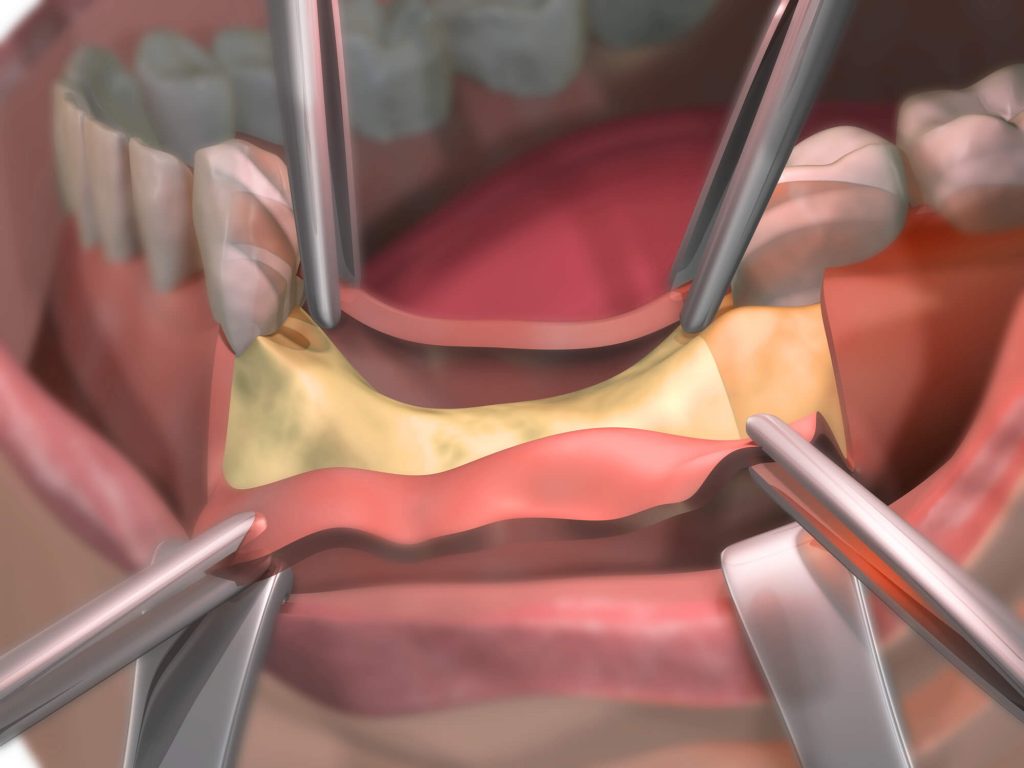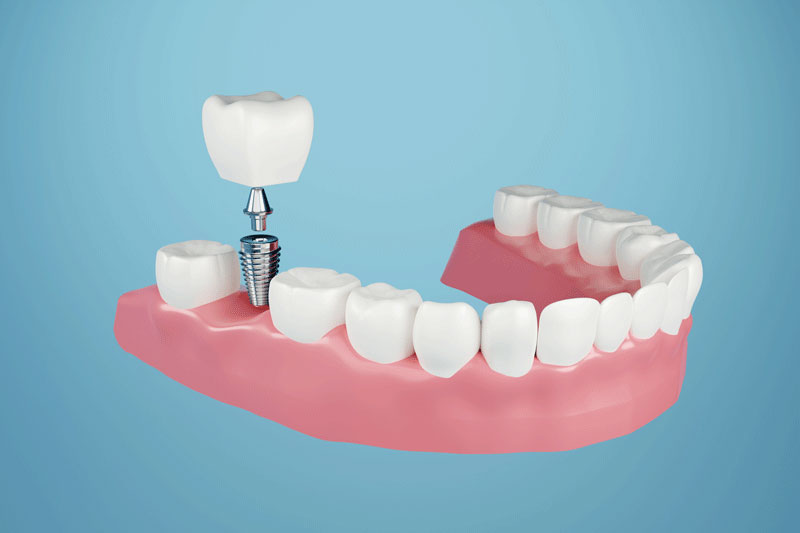Dental Blog - Greenacres, FL
Tips, Facts, And The
Latest In Dentistry

What Is Gum Grafting?

Why do thinning gums require periodontics in Lake Worth? What happens if you don’t have thinning or receding gums treated? Did you know that if you don’t do anything about it, gum recession will eventually lead to serious oral health problems such as gum disease, tooth loss, and bone loss? Luckily, the condition is treatable.
Gum graft surgery is usually recommended for patients who suffer from gum recession. It’s a procedure that aims to cover exposed tooth roots and adds structure and volume to your gumline. The procedure also has a short recovery period, between one and two weeks.

Understanding Gum Grafting
What Is a Gum Grafting Procedure?
Gum grafting is a surgical procedure that treats gum recession. Gum recession is a condition where your gums slowly detach or pull away from your teeth. If the recession is allowed to continue, it will expose your tooth roots over time. Tooth roots aren’t designed to be exposed, but if it has reached this point, your risk of tooth decay, tooth sensitivity, bone loss, and tooth loss are increased.
Your periodontist can fix this problem by replacing lost gum tissues around your teeth to boost oral health. Periodontists are dentists that acquire three more years of training after graduating from dental school.
Who Are Ideal Candidates for Gum Grafting?
If you have gum recession, your dentist may recommend gum grafting surgery. Receding gums can be a consequence of severe gum disease, but it can also be a result of genetics. Poor brushing techniques can also cause your gums to thin out.
Is Gum Graft Surgery Common?
Yes, gum grafting is one of the most in-demand periodontal procedures in America, with a success rate of more than 90%.
How Is Gum Grafting Performed?
Your periodontist will take tissue from the roof of your mouth and place it over the area where your gums have receded. Sometimes, your periodontist may use a grafting material purchased from a bone and tissue bank. The following are steps in performing the surgery:
- Local anesthesia is administered to numb the area. For highly anxious patients, sedation dentistry may be offered to increase comfort and reduce anxiety. Ask your dentist about your options during your initial consultation. Some of the options available are IV, oral, and nitrous oxide.
- After preparing the site, your periodontist will incise your gums and make a flap. The exposed tooth roots will be thoroughly cleaned.
- Next, your periodontist will perform another incision on the roof of your mouth to remove a portion of your inner tissue. Meanwhile, the outer layer is kept intact. The site is closed using a periodontal dressing or sutures.
- The gum graft is placed over the exposed tooth roots.
- Lastly, your periodontist will reposition your gum tissues and stitch them in place. Depending on the stitches used, some may fall out on their own, while others may need a follow-up visit to remove them.
How Long Will This Take?
With all the steps involved, a skilled periodontist can complete the procedure in as little as one hour. However, if you require multiple gum grafts in various areas of your mouth, you can expect the procedure to last more than an hour.
What Should You Expect After the Procedure?
The site will still be covered in gauze and dressing after the surgery. You’ll need to wait about half an hour before removing the gauze. The dressing may fall out within the first few days, or you can have your periodontist remove it during your next visit. If you were sedated, you would be closely monitored until it’s safe for you to go home.
Don’t worry because your periodontist will provide you with post-op guidelines that you must follow to minimize your risk of pain, discomfort, infection, and other complications.
How Soon Can You Recover Following a Gum Grafting Surgery?
After seven days following the surgery, your periodontist will ask you to return so they can check the site. Routine follow-ups are expected until the area has fully healed.
What Are the Benefits of Gum Grafting?
Is the surgery worth it? The answer is yes. Patients who underwent gum grafting showed a decreased risk of gum disease, cavities, and tooth sensitivity. The procedure also significantly improved the appearance of their smiles.
Will There Be Risks Involved?
Like any other surgical operation, gum grafting also has its fair share of risks, such as excessive bleeding, gum grafting failure, and infection. Whenever something feels off, inform your periodontist right away.

Do You Need Periodontics in Lake Worth?
The idea of gum grafting may seem intimidating, but you shouldn’t feel scared. At Ferber Dental Group, our team has years of experience in the industry to provide you with the best care. The procedure offers numerous benefits, plus it has a high success rate and the recovery time is pretty fast. Contact us today to schedule a consultation.





